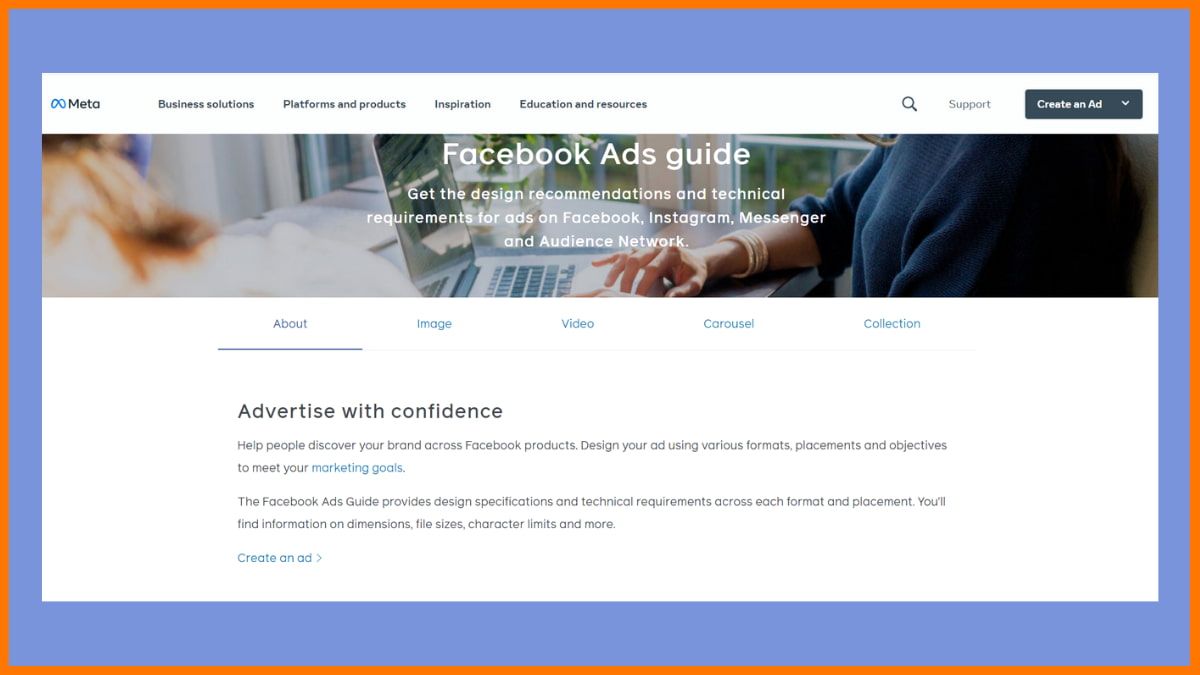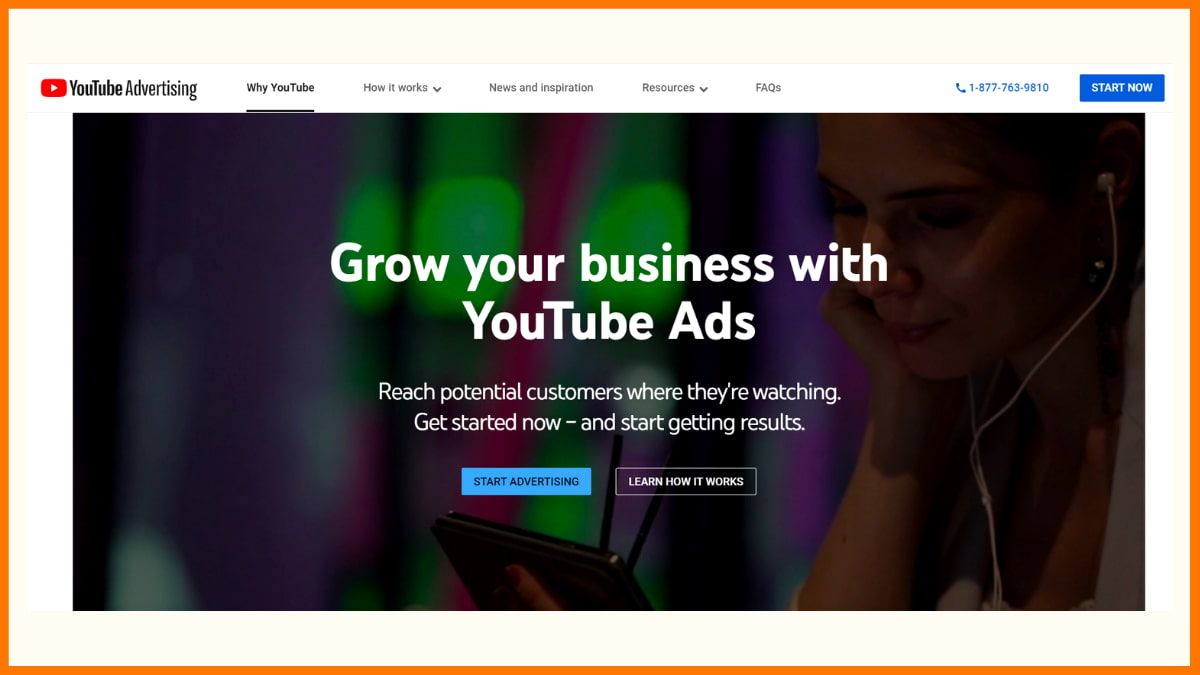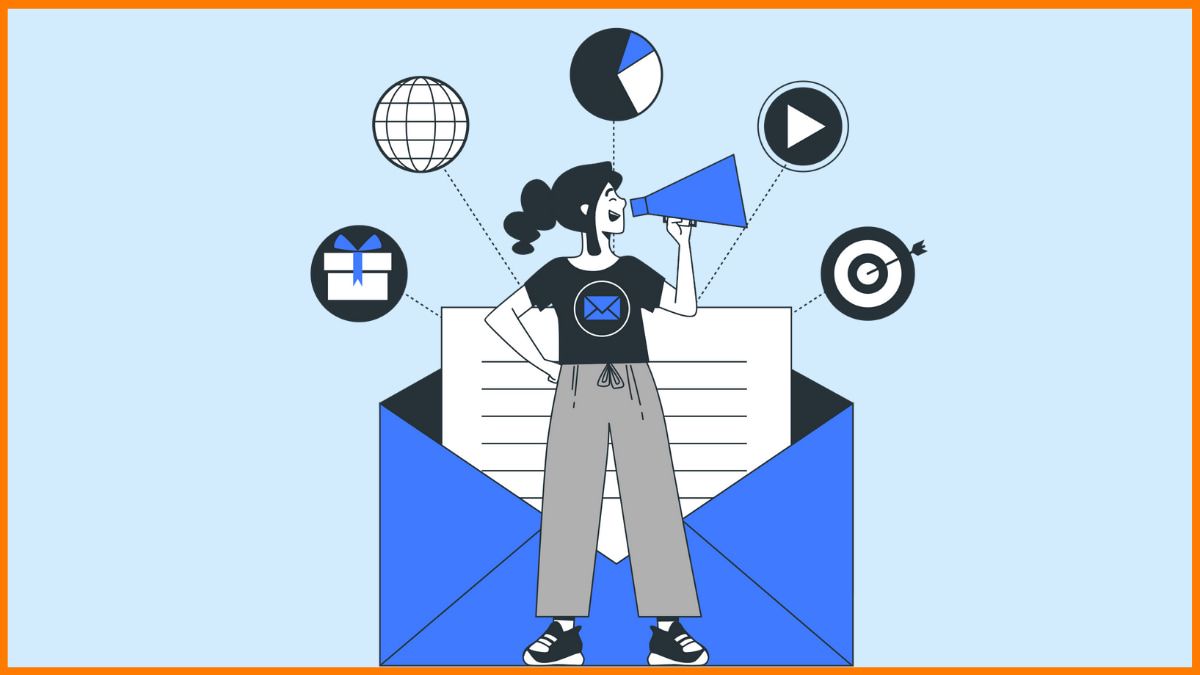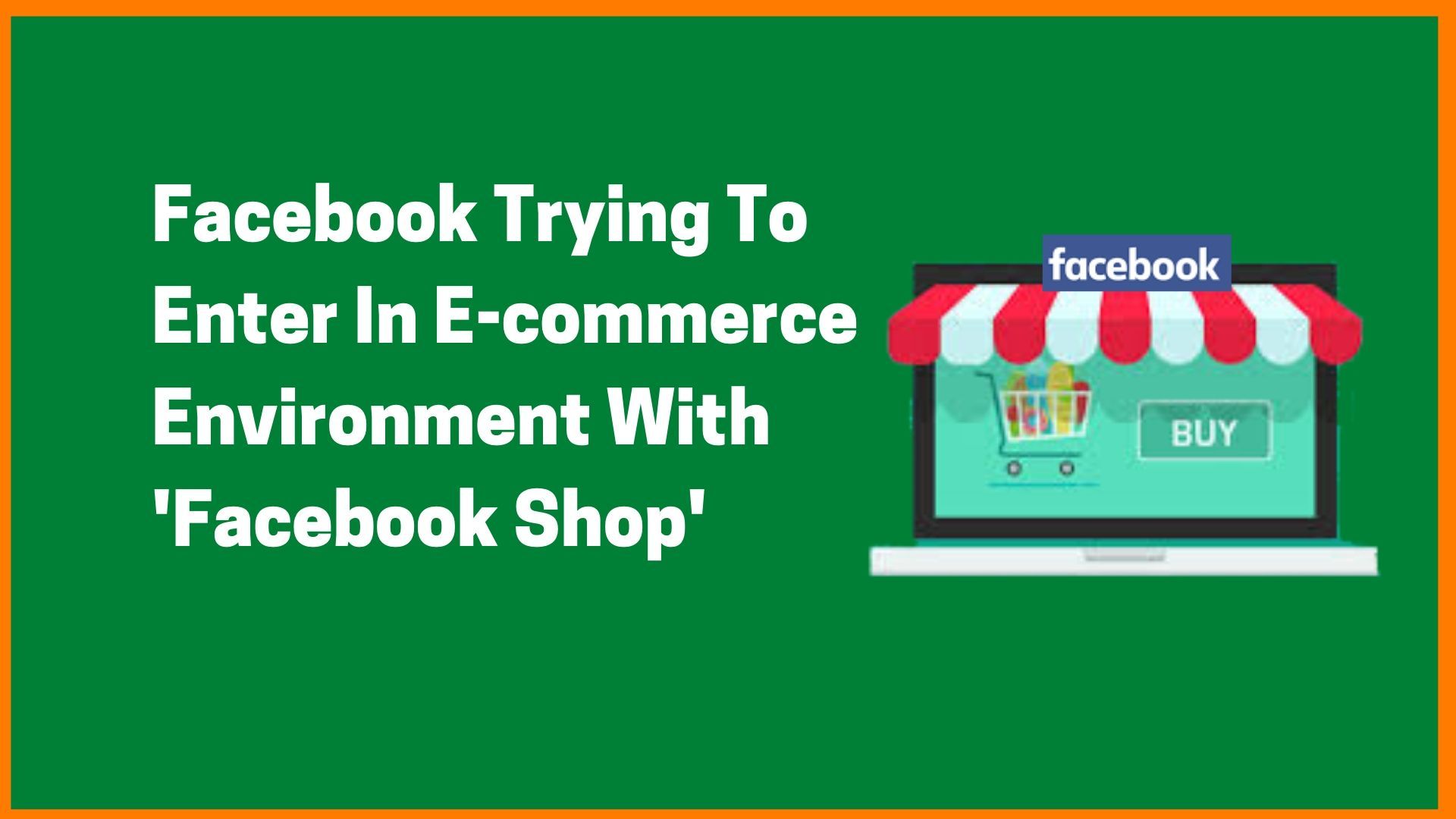Company Profile is an initiative by StartupTalky to publish verified information on different startups and organizations. The content in this post has been approved by GlobalBees.
The modern industries of the world are transforming each day with the addition of new companies or startups and their disruptive ideas. Though the increasing competition is certainly bringing forth the best products at equally appreciable rates for the customers of now, it is excessively detrimental for the companies, especially startups to hold on to the fast-paced environment and cement their position in their respective spaces. Thus, many startups often lose control and end up being forgotten. Experience is what most of them lack most often and here’s why nowadays we find companies and veterans teaming up to upscale the startups.
It was Thrasio Holdings, Inc., which had made this idea possible in the US, scaling over 150 brands to date. This Thrasio-style has become really popular indeed ever since Thrasio began to be a huge success. GlobalBees is one such company that believes in the upscaling of other companies in India and is making it possible in India.
GlobalBees invests in a wide range of companies across domains like e-commerce, consumer technology, marketing and operations, and more, with a special focus on the sellers of the popular eCommerce platforms like Amazon and Flipkart to improve their sales and help them grow. The company is a Thrasio venture-style arm of FirstCry is already a unicorn in less than 8 months of operation!
If you want to know more about GlobalBees, its Business Model, Revenue Model, Funding and Investors, Startup Story, Acquisitions, Challenges, Competitors, and more, then read ahead.
GlobalBees – Company Highlights
| Startup Name | GlobalBees |
|---|---|
| Legal name | GlobalBees Brands Pvt. Ltd. |
| Headquarters | New Delhi, India |
| Industry | E-commerce, Retail |
| Founders | Deepak Khetan, Nitin Agarwal, and Supam Maheshwari |
| Founded | 2021 |
| Website | www.globalbees.com |
About GlobalBees
How GlobalBees Acquires Digital Brands?
GlobalBees – Industry
GlobalBees – Name, Logo, and Tagline
GlobalBees – Founders and Team
GlobalBees – Mission and Vision Statement
GlobalBees – Brands
GlobalBees – Business Model and Revenue Model
GlobalBees – Funding and Investors
GlobalBees – Investments
GlobalBees – Acquisitions
GlobalBees – Growth
GlobalBees – Competitors
GlobalBees – Future Plans
About GlobalBees
GlobalBees is a startup that focuses on identifying and scaling amazing products. Since it was founded in 2021, GlobalBees has created a varied portfolio of firms in sectors including beauty, home care, personal care, nutrition and wellness, fashion jewellery, and eyewear.
Globalbees Brands Private Limited is a Non-Government Company that is listed in the company class. This company is registered with the Registrar of Companies (ROC) in Delhi with a paid-up capital of Rs. 7 lakh and authorized share capital of Rs. 7 lakh.
The startup purchases up-and-coming companies across niches. It aims to upscale merchants from an array of sectors such as fashion, home and kitchen, electronics, cosmetics, personal care, sports, and others. Globalbees works with entrepreneurs that have developed an internet-based business. The company’s staff grows direct-to-consumer (D2C) enterprises in India and beyond. Companies that have produced goods based on unique customer intelligence are favoured by the company.
GlobalBees assists businesses with scaling and revenue development once they have been acquired by the company. The New Delhi-based unicorn works with the merchants, especially with those who are on the e-commerce platforms like Flipkart and Amazon, the business uses smart marketing methods and other technologies to help these firms flourish. Not only that, but the corporation also starts the worldwide operations of these brands.
GlobalBees founder Nitin Agarwal stated in an interview that the company has already cooperated with 12+ digital businesses. These companies are selling their goods and services in domestic and international markets.
How GlobalBees Acquires Digital Brands?
GlobalBees works in a step-by-step way to acquire or collaborate with the brands. The GlobalBees team begins by gathering knowledge about the digital brand that it will purchase. The startup does this by looking at the revenue numbers and the items that the brand sells. For long-term success, the firm also learns how to establish a brand relationship with customers.
Following the completion of the first stage, the GlobalBees team prepares a contractual agreement with the founders, outlining all payout terms and circumstances.
Next, GlobalBees brings in its expertise and cutting-edge tools and technologies to expand the acquired brands. GlobalBees has a team of professionals who work directly with digital companies to help them flourish.
By acquiring more than 10 companies and becoming a unicorn in such a short span of time, GlobalBees has caused quite a stir in the Indian startup environment.
GlobalBees – Industry
The Thrasio model, pioneered by the US-based Thrasio Holdings has been insanely popular around the world and in India too following the brand’s success, which recently boasted of having a portfolio of over 100 brands and picking up a profit of $100 million on revenue of $500 million. The business model that replicates Thrasio was not quite explored before the Indian startups like Mensa Brands, 10Club, GOAT Brand Labs and GlobalBees started to foray into the same.
It was Amazon, which alone revealed in 2020 that as many as 4,152 sellers on its Indian marketplace have managed to cross Rs 1 crore in sales, which increased by 29% from the figures revealed in the previous year. This indicates the untapped opportunity in this space. The Indian brands like Upscalio, Evenflow, Powerhouse91, and the ones mentioned above have already started to take the pace and have together raised over $300 million so far.
GlobalBees – Name, Logo, and Tagline
GlobalBees assists emerging businesses in scaling and selling to marketplaces and other outlets in India and beyond the South Asian market, hence the name “Global-Bees”.


GlobalBees – Founders and Team
GlobalBees is founded by Deepak Khetan, Supam Maheshwari, and Nitin Agarwal in 2021.
Deepak Khetan
GlobalBees’ Chief Financial Officer (CFO) and Head of Corporate Development, Deepak Khetan is an alumnus of the Institute of Chartered Accountants of India, who also attained the CFA Institute and GARP, USA. Deepak is an experienced financial executive with over 18 years of experience in advising, credit, strategy, and accounting activities, and backed strong academic qualifications.
He has vast experience in mergers and acquisitions, strategic advising, capital raising, and restructuring transactions, as well as cross-border circumstances. Khetan has previously served as a Manager and Chief Manager at ICICI Bank; Group EVP – Investment Banking at YES Bank; Chief Strategy Officer at Smaaash Entertainment and as the CFO and SVP at Edelweiss Financial Services before co-founding GlobalBees.

Supam Maheshwari
The CEO and Co-founder of FirstCry, Supam Maheshwari is a Co-founder of GlobalBees. A Mechanical engineer from the Delhi College of Engineering and an alumnus of IIM Ahmedabad, Supam had earlier co-founded Firstcry and Brainvisa Technologies.

Nitin Agarwal
GlobalBees’ Chief Executive Officer (CEO) is Nitin Agarwal. Nitin Agarwal obtained his Btech degree from IIT Delhi and has worked in a series of companies including Citibank, where he served as an Assistant Manager; Equirus Capital, where he served as the Director; Incred, where he was the Chief Operations Officer; Wecash, where he was the Chief Operating Officer and Edelweiss, where Agarwal served as the President and Group CIO, CTO and Chief Digital Officer. Nitin also co-founded Brainvisa, Bigshoebazaar India Pvt Ltd, and GlobalBees till now in his entrepreneurial career.

GlobalBees has an employee strength of 100+ employees.

GlobalBees – Mission and Vision Statement
GlobalBees’ mission statement says, “Investing in and nurturing brands to provide joyful product experiences to the world.”
According to the company, its growth drivers are:-
- Innovation – The demands of customers are always changing. It seeks out novel solutions to meet the demands of customers and improve all parts of the customer experience.
- Inspiration – The company is inspired by others. The team continually listens to our customers and is ever-changing to meet their needs. This enables them to develop amazing things even under the most difficult of circumstances.
- Impact – Products can have a beneficial influence on people’s lives. The team collaborates with entrepreneurs to develop goods that serve both customers and society.

GlobalBees – Business Model and Revenue Model
The Thrasio-style business model is a relatively new concept in India, but it has garnered positive feedback from the country’s startup community.
GlobalBees acquires and works with innovative digital companies working in areas such as grooming, personal care, home care and kitchen, food and nutrition, and sports and leisure. The New Delhi-based startup then assists these businesses in scaling and selling to marketplaces (such as Amazon and Flipkart) as well as other channels in India and beyond. GlobalBees has already purchased or collaborated with nearly a dozen businesses that they are selling both in India and beyond.
“We have created and engaged with brands in the past and realized that most of these brands reach a scale after which it becomes too difficult to scale them,” Agarwal said. “Supam and I have been talking about this for several years, trying to find ways to disrupt this market. We think there’s an opportunity to create a new house of brands that is digital-native.”
GlobalBees, according to Agarwal, will try to construct a distribution and enterprise ecosystem in the internet realm in the same way that conventional enterprises have done so in the offline world. GlobalBees plans to invest in roughly 30-35 companies spanning from various D2C categories to fast-moving consumer goods (FMCG) and more, following the strategy popularised by US-based Thrasio.
“Not all brands GlobalBees engages with will get acquired on day one”, Agarwal said.
GlobalBees isn’t the first company in India to use the Thrasio concept. Other well-known firms that have used the Thrasio strategy to acquire digital brands include Powerhouse91, Mensa Brands, 10club, and UpScale.
GlobalBees – Funding and Investors
GlobalBees has raised $301.8 million over five rounds of funding.
| Date | Round | Amount | Lead Investors |
|---|---|---|---|
| Feb 6, 2024 | Debt Financing | $18M | Avendus Capital |
| Dec 28, 2021 | Debt Financing | $30M | Trifecta Capital Advisors |
| Dec 28, 2021 | Series B | $110M | Premji Invest |
| Jul 18, 2021 | Series A | $75.88M | FirstCry |
| Jul 18, 2021 | Debt Financing | $75.88M | – |
GlobalBees – Investments
GlobalBees had invested in one company on April 23, 2022, which was its maiden investment worth April 23, 2022, until it invested again in 5 companies, as of June 13, 2022 reports. The FirstCry arm has invested recently in HealthVit and Top Gummy, nutrition brands. Furthermore, it also invested in personal care brands UrbanGabru and Urban Yog, followed by another investment in a lifestyle brand named Kuber Industries. Though the funding rounds and the investment amounts have not yet been confirmed, reports mentioned that the company has invested up to Rs 50 crore in each of the brands.
| Date | Name of the Company | Funding Round | Deal Value | Lead Investor |
|---|---|---|---|---|
| June 13, 2022 | Kuber Industries | – | – | |
| June 13, 2022 | Urban Yog | – | – | |
| June 13, 2022 | UrbanGabru | – | ||
| June 13, 2022 | Top Gummy | – | – | |
| June 13, 2022 | HealthVit | – | – | |
| April 23, 2022 | Candes | Corporate Round | $3.2 mn | Yes |
GlobalBees – Acquisitions
GlobalBees last acquired Reach on February 9, 2022, which is a sports equipment brand. Reach is the 2nd brand in the sports and fitness that the Thrasi-styled brand acquired.
Among its other investments, GlobalBees had invested in had acquired a controlling share in Healthyhey (a dietary supplement company), Rey Naturals (a hair care product company), and Intellilens (an eyeglass company) in November 2021. It also invested in Yellow Chimes, a prominent fashion jewellery brand, and Absorbia, an innovative home care brand to possess majority stakes in them, which were added to GlobalBees’ portfolio in the same month.
Prolixr, a local millennial skincare business, &ME, and The Better Home, a women’s health solutions firm are some other brands that have been earlier acquired by GlobalBees, all of which are covered in the “Acquisitions” section below.
GlobalBees plans to invest in roughly 30-35 companies spanning from various D2C categories to fast-moving consumer goods (FMCG) and more, following the strategy popularised by US-based Thrasio. The organization is excited about the prospect of purchasing and combining companies, as well as assisting them in scaling and transforming their digital presence. Within this financial year, GlobalBees plans to invest in over 20 brands.
GlobalBees acquired 11 brands to date. Here’s a list of its acquisitions below:
| Date | Acquiree Name | About Acquiree | Amount |
|---|---|---|---|
| February 9, 2022 | Reach | Fitness equipment company from Gurgaon, which rents out equipment and promotes fitness | – |
| Jan 11, 2021 | The Butternut Company | Healthy snack food brand | – |
| Jan 11, 2021 | Mush | Premium brand that is aimed to design and develop high-quality bamboo textile products | – |
| Jan 11, 2021 | Strauss | Premium quality gym and fitness equipment company | |
| Nov 23, 2021 | Rey Naturals | Therapeutic Grade essential oils. | – |
| Nov 23, 2021 | HealthyHey | The company create nutritional and health products for overall fitness and well-being. | – |
| Nov 2, 2021 | Yellow Chimes | Yellow Chimes is a fashion jewellery brand. | – |
| Nov 2, 2021 | Absorbia | Absorbia is an innovative product that keeps your belongings damp-free. | – |
| Oct 25, 2021 | Prolixr | Prolixr embodies the perfect balance of formula savvy and playfulness to inspire a love for skincare. | – |
| Oct 4, 2021 | &ME | &Me is a lifestyle nutrition brand creating bioactive beverages for women. | – |
| Aug 31, 2021 | The Better Home | The Better Home is a home care products company, as it builds its portfolio of digital-first brands and helps them scale. | – |
GlobalBees – Growth
As the need for online D2C brands grows, GlobalBees is taking up the challenge pretty well. It has been the second Thrasio-style firm to become a unicorn in 2021, following Mensa Brands.
In just seven months, GlobalBees built a wide portfolio of firms in sectors such as home care, beauty, and personal care, nutrition and wellness, fashion jewellery, and eyewear. Over the next three years, GlobalBees expects to invest in over 100 brands across sectors, including fast-moving consumer goods (FMCG), sports, home organization, and leisure.
GlobalBees boasts of a presence across 600+ cities. The company has hit a monthly revenue of Rs 1 crore in October 2020, within just nine months after launch.
The firm, which has offices in Delhi and Bangalore, has established assets and skills in marketing, technology, supply chain and logistics, product innovation, and other areas.
GlobalBees – Competitors
The market for Thrasio-style startups has grown rapidly and GlobalBees has also picked up numerous competitors like:
- Mensa Brands
- 10club
- Powerhouse91
- UpScalio
- Evenflow
- GOAT Brand Labs

GlobalBees – Future Plans
The funding that the company received will be used to expand the firm’s product range and accelerate the innovation process, customer experience, talent recruiting, and corporate growth, according to the founder of the company.
Globalbees has grown to over 100 members. In addition, the firm is in advanced conversations with over 20 organizations to expand its digital-first brand portfolio.
Speaking on the development, Nitin Agarwal, GlobalBees CEO said, “We have a deep purpose to build meaningful products across industries that address unique consumer needs. With this investment, we are well setup to become India’s largest brand platform. We are an august company of exceptional founders who have built great companies online. With this infusion of capital, we can work together to take these companies global.”
The company aims to reach $1 billion in revenue by 2026 and turn into a profitable startup.
FAQs
What does GlobalBees do?
GlobalBees invests in potential merchants on e-commerce platforms like Flipkart, Amazon, and Myntra, and works with their founders to improve their sales. These businesses can help businesses separate from the crowd of e-tailers by providing marketing skills.
Who founded GlobalBees?
GlobalBees is founded by Deepak Khetan, Supam Maheshwari, and Nitin Agarwal.
When was GlobalBees founded?
GlobalBees was founded in May 2021.
Which companies do GlobalBees compete with?
10.Club, Mensa Brands, GOAT Brand Labs, Upscalio, Recommend.my, Bellhops, Venn, Mensa, Peopletail, and Key Reception are some of GlobalBees’ major rivals.
How are GlobalBees and FirstCry related?
GlobalBees is often referred to as a Thrasio venture-style arm of FirstCry, which it is.













































